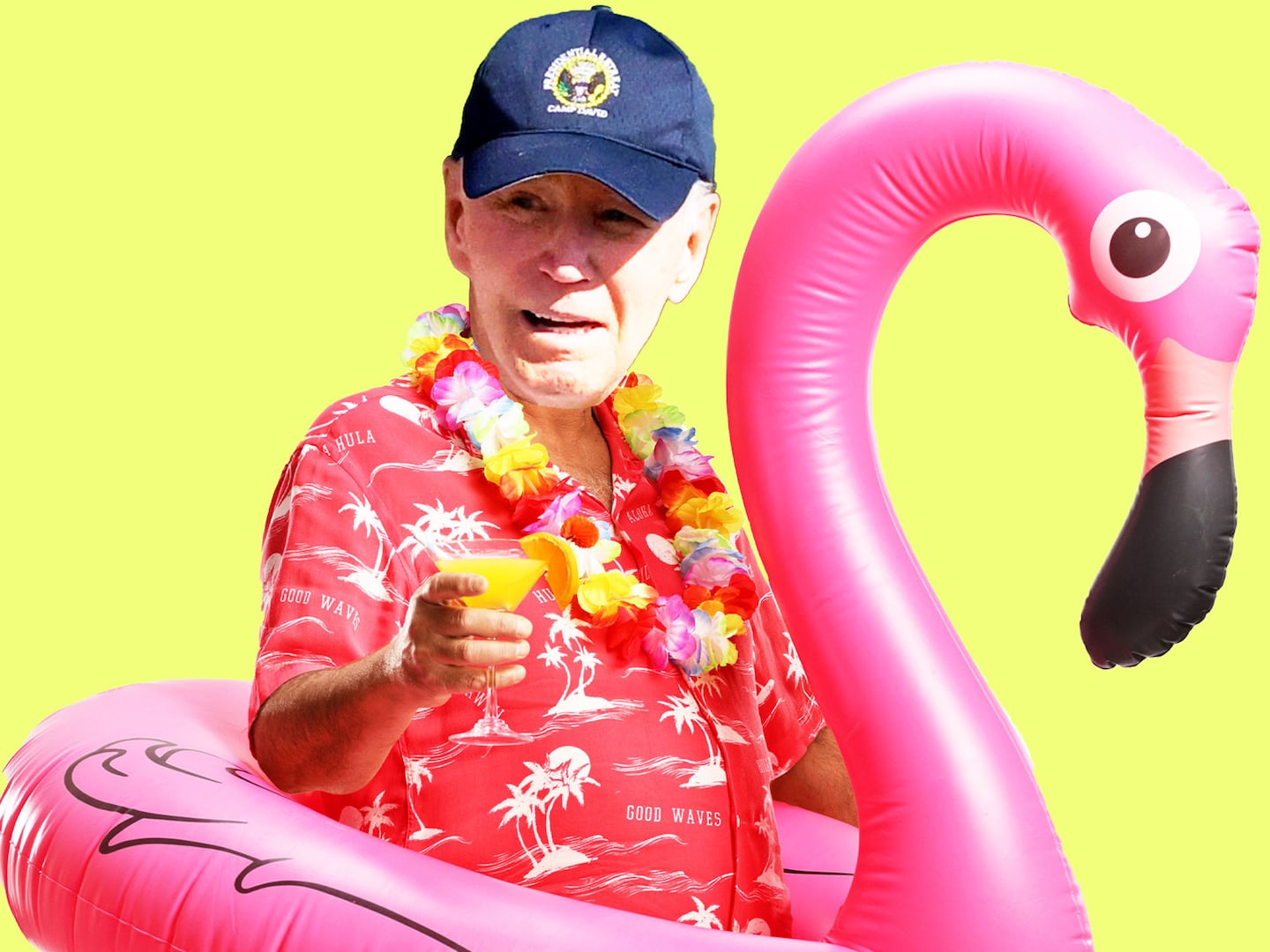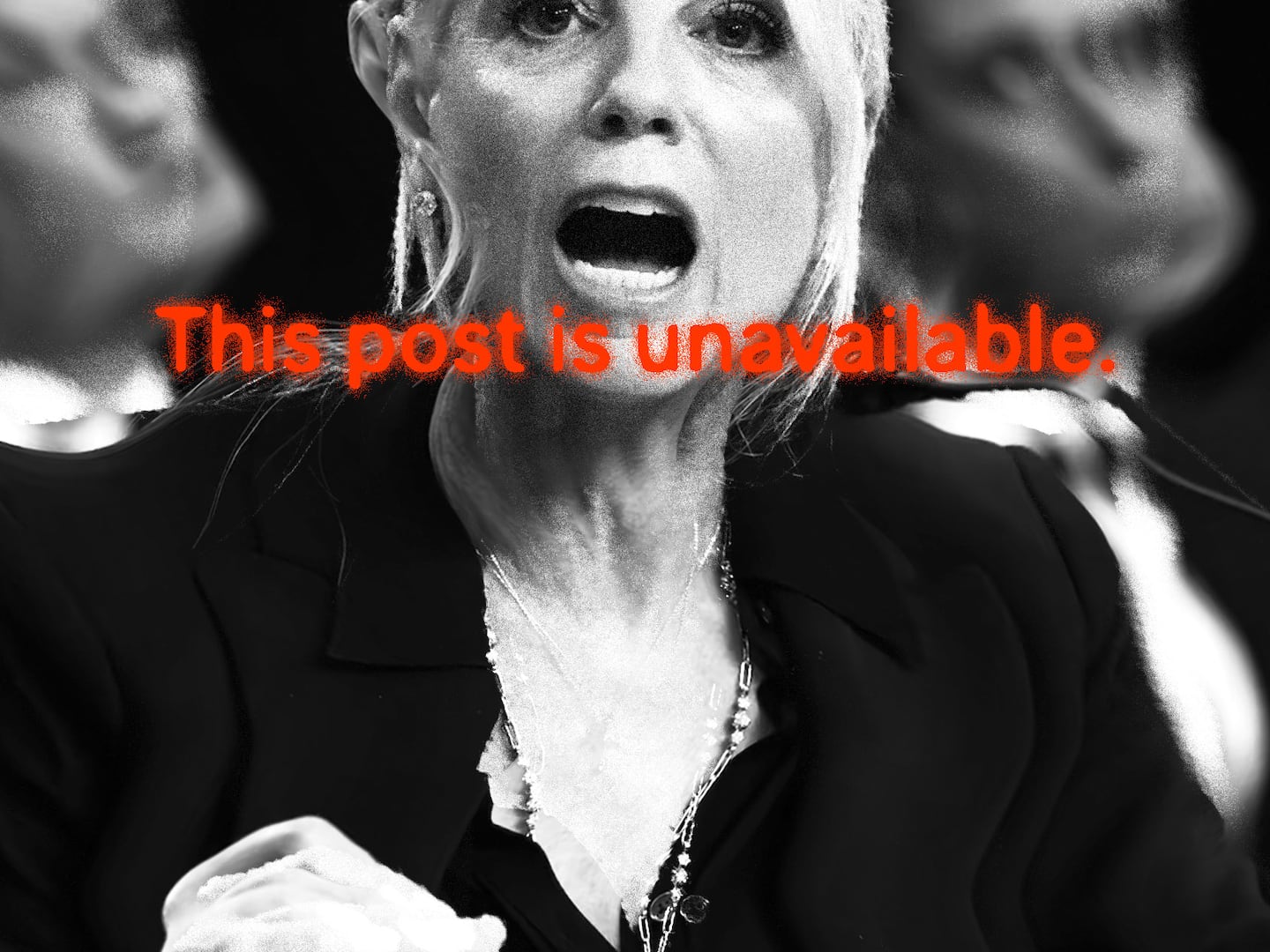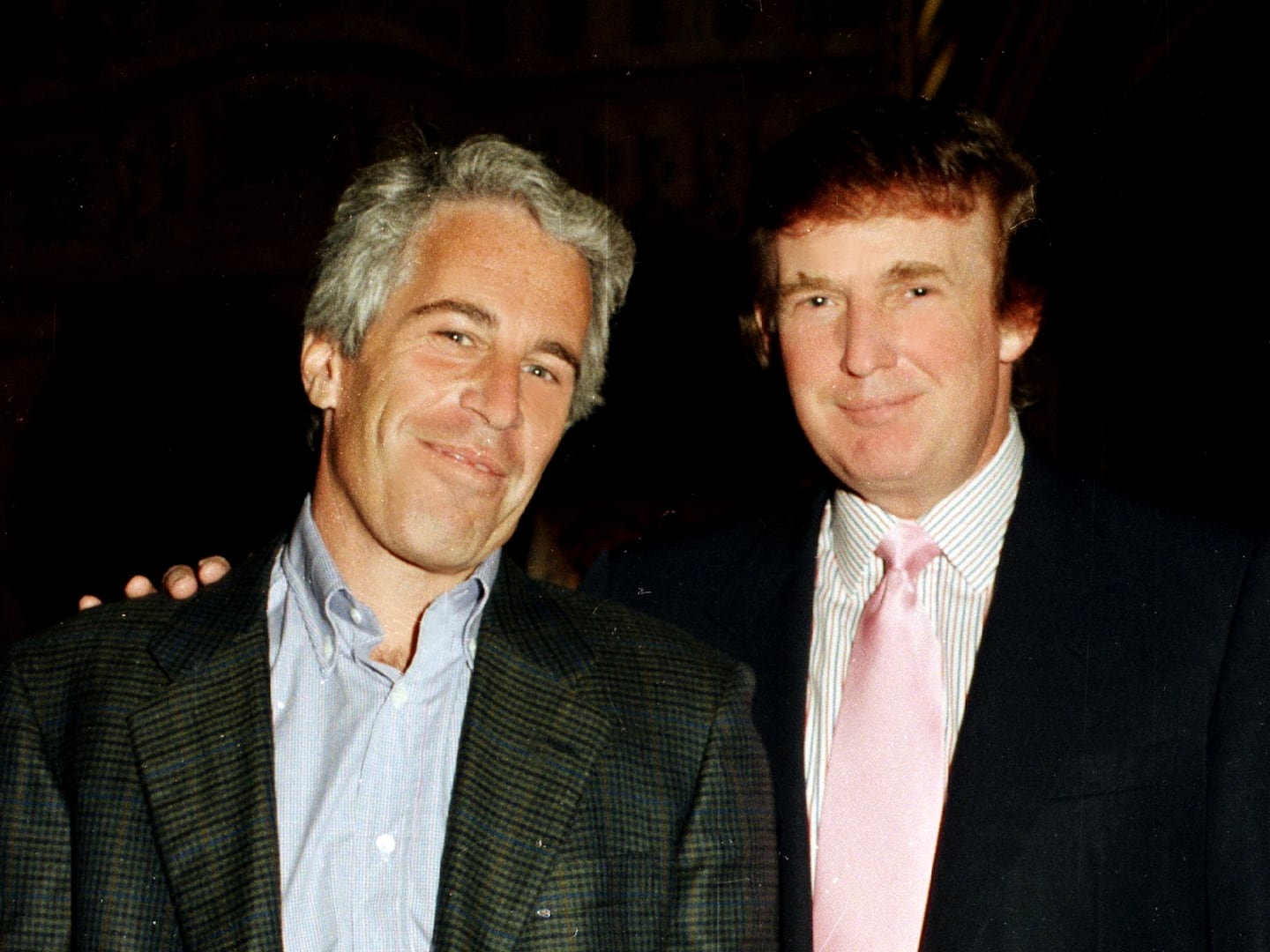What if the Nazis won the war?
What if Hitler beat the U.S. to the atomic bomb and dropped it on Washington, D.C.?
What if the Axis powers then divided the U.S. and occupied their new territories: Greater Nazi Reich in the east and the Japanese Pacific States in the west?
What if?
The alternative history presented in The Man in the High Castle, Amazon’s ambitious new drama series based on Philip K. Dick’s novel, is provocative just at face value. But as its characters alternately settle into and rebel against the reality of this hypothetical, a world in which New York is occupied by Nazis and San Francisco is under Japanese rule, the show becomes downright ghastly.
The entire series arrives ready to be binged on Friday. It is easily the most unsettling—but also the most interesting—new drama of a dismal fall season cluttered with high-concept dramas with little actual intrigue.
Amazon has made a tradition of putting the pilots for its original series online for the public to rate and review prior to ordering them to series. The Man in the High Castle is the service’s highest-rated pilot in its short history.
“I think one guess is that we still live in an age of fear right now,” creator Frank Spotnitz (The X-Files) says, assessing what it was about the show that yielded such a response. “I think we’re all still living in a post-9/11 world. To see how people deal with nightmare situations and survive feels really relevant.”
Man in the High Castle’s alternative history is set in the 1960s, but Spotnitz was hyperaware of its potential to resonate today while writing it. “It’s about people who are trying to stay human in an inhuman world,” he says. “There’s so much going on now that is terribly inhuman. What can you do? Can you change things?”
“There’s something about the idea of ‘what if?’ that we do in our daily lives as well,” Alexa Davalos, who plays Juliana Crain in the series, adds. “‘What if I left the house five minutes later? What if I hadn’t met so-and-so?’ There’s a constant questioning.”
Juliana lives in Japanese-occupied San Francisco with her boyfriend Frank (Rupert Evans), a half-Jewish aspiring artist who hides both his creative whims—under totalitarian rule, freedom of expression isn’t a priority—and his religious ancestry; he identifies as secular, but as he’s told by a Japanese official, “Jews don’t get to decide if they’re Jews.”
At one point Juliana offers a musing so meta it’s a wonder she didn’t realize she was a character in an alternative history TV series: “You ever think how different life would be if you could change just one thing?”
With an impressive bit of world-building, The Man in the High Castle does a stunning job—and a jarring one—of creating a universe in which that is the very case.
There’s an American flag billowing in one scene, but there is a swastika emblazoned in the square of blue. Propaganda newsreels play before Rock Hudson movies and the cop shows on TV have titles like Reich Patrol. And try not to gasp when you’re introduced to the Nazi-occupied Times Square, still bustling as ever but with one pointed message written on a sign: “Work Will Set You Free,” the slogan that, though in German, hung at Auschwitz.
That sleek and sexy look of the ’60s that Mad Men glamorized? Still that stylish…just with Nazis.
Isa Dick Hackett, Philip Dick’s daughter, had actually been trying to shepherd an adaptation of Dick’s novel to television for almost nine years. At one point, Spotnitz’s two-hour pilot was being made for Syfy, who ultimately passed.
Excessive cost overshadowed an intriguing premise. Not only were there three worlds that had to be created—a Reich version of New York, a Japanese-infused San Francisco, and a neutral territory in the middle of the country called Canon City—but it was a period piece, which is always more expensive. But beyond the sheer scope of it, Evans jokes, “I think a lot of networks wouldn’t put Nazis on TV.”

“I think probably one of the reasons they had a hard time getting it made all those years is that it’s very dangerous material,” Spotnitz adds. “It’s potentially very offensive.” It’s a huge consideration, he says, when you commit to portraying a universe like this.
There’s a certain power in portraying an alternative history centered on a war that every single person, regardless of age, is not just aware of, but has visceral feelings about. It amplifies the series’ resonance.
“Our generation has never experienced war where we’ve been occupied,” Evans says. “So war for us is a very different thing.”
For viewers, imagining this alternative history means imagining yourself in a reality like the ones the characters are in—which also means imagining a world in which you are the oppressed victim, living side by side with oppressors who aren’t just the “bad guys in Indiana Jones movies,” as Spotnitz says about how Nazi villains are often portrayed in pop culture. They’re real humans.
“The victims of the Nazis and the Japanese, those groups are very much with us,” he says. “How you depict their victimhood and the way they respond to the victimization is very challenging. You have to be careful and honest and not inflame needlessly.”
It’s a high-wire act that’s carefully executed. There’s a scene in which a Jewish San Franciscan family is persecuted at the end of the second episode that’s so gutting it won’t soon leave you. “It’s really awful,” Spotnitz says about the scene, which we won’t spoil. “But I felt like you had to do that, because that’s what they did. If you don’t do it, you’re not being honest.”
Then there’s the scene from the pilot that’s elicited the most reaction. Joe Blake (played by Luke Kleintank) is, when we meet him, part of the American resistance against the Reich from New York. He’s driving potentially game-changing cargo across the country, something that could spark an uprising against the fascists ruling America, when he gets a flat tire. A very friendly, very all-American Midwestern cop stops to help Joe change the tire, when Joe notices what appears to be ash falling from the sky.
“That’s the hospital,” the trooper says matter-of-factly. “Tuesdays they burn cripples, the terminally ill. Drag on the state.”

“I think more people have talked about that scene than anything else,” Spotnitz says. “It’s not even a plot scene. You can take that out and it doesn’t even change the course of the show.” But it’s necessary to illuminate how harrowing the circumstances are—and how quickly a culture can normalize itself to such things. How injustice and savagery can become run-of-the-mill, even human.
“Humanizing” is a word that the cast and creative team uses often, mostly in relation to Obergruppenführer John Smith, an American who lives on Long Island with his wife and children and who is excellent at his job—which just so happens to involve donning the Gestapo uniform and torturing and killing anyone who resists the mission of the Reich.
“If you want to show how evil it is in an honest way that makes people really examine it, you have to show it was people who did this,” Rufus Sewell, who plays John Smith, says. “Not just bad guys.”
“If we really want to show the horror, we have to humanize,” he goes on. “It’s really easy to say all Nazis are zombies, or werewolves, or aliens from another planet. But they’re not.” In fact, once the first episode passes and you get to know John, he endears himself to the viewer. You actually like him, and maybe root for him.
“It messes with your head,” Spotnitz says, before cautioning, “I don’t want humanizing these characters to be mistaken for endorsing these characters. That’s what I mean when I say this is a risky show.”
As they say, with high risk comes high reward, something The Man in the High Castle certainly attests to. Even taking the terrifying circumstances out of the equation, there’s something endlessly fascinating about entertaining the question of what if?
“It’s such a fine line with history going one way or the other,” Evans says. “You realize how we are just at the whims of that. We have really no control. We think we do and we think we’re in control of our own destiny, but perhaps we’re really not.”
An alternative history in which the Nazis won is chilling, but its effects would reverberate wider than we could even imagine. Life as we know it would be different. Even on a pure entertainment level, The Beatles wouldn’t exist. Elvis Presley wouldn’t exist.
“Actually, I had a great idea I tried to pitch the writers,” Kleintank says, lightening the mood a bit. “Joe’s walking down the street in New York City and there’s this young guy on the sidewalk singing and I give him a quarter. ‘What’s your name?’ Joe asks. ‘Elvis.’”
What if?






